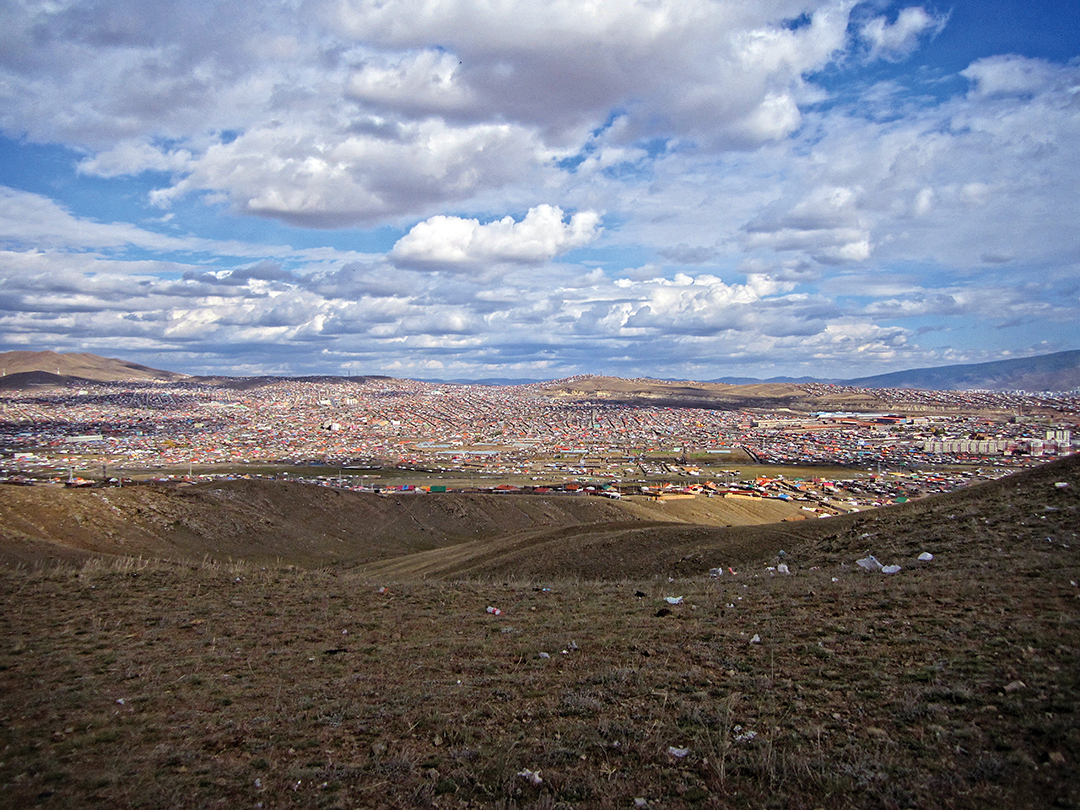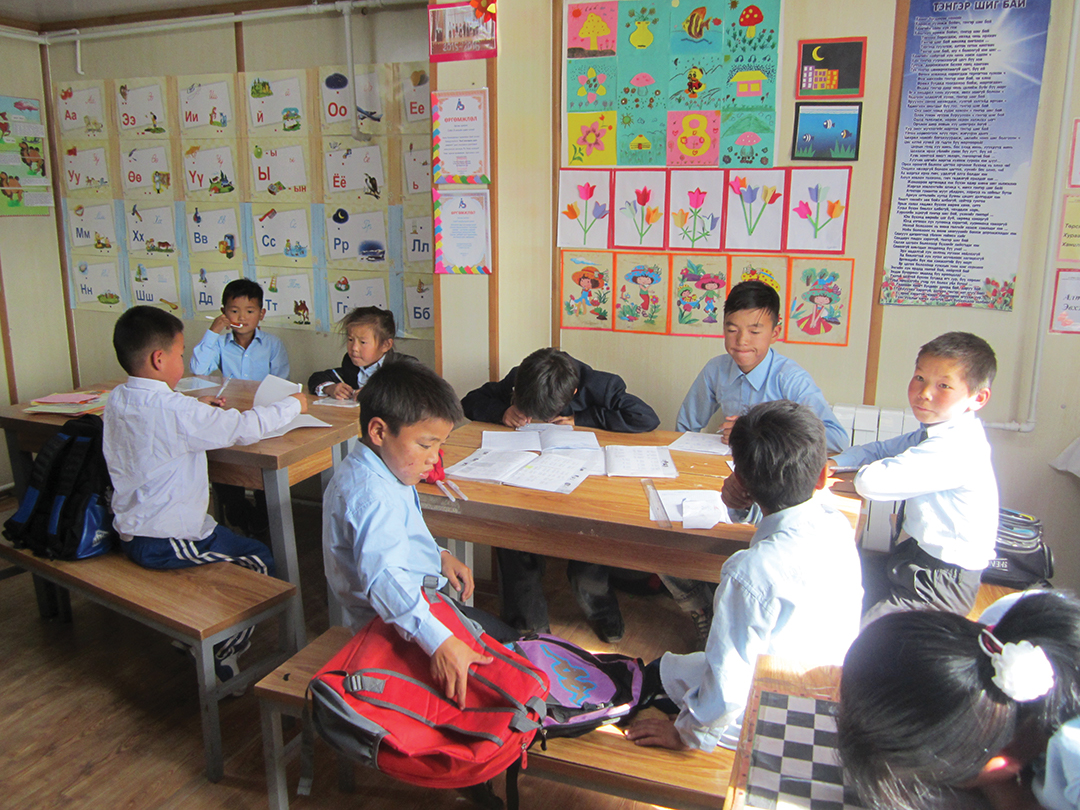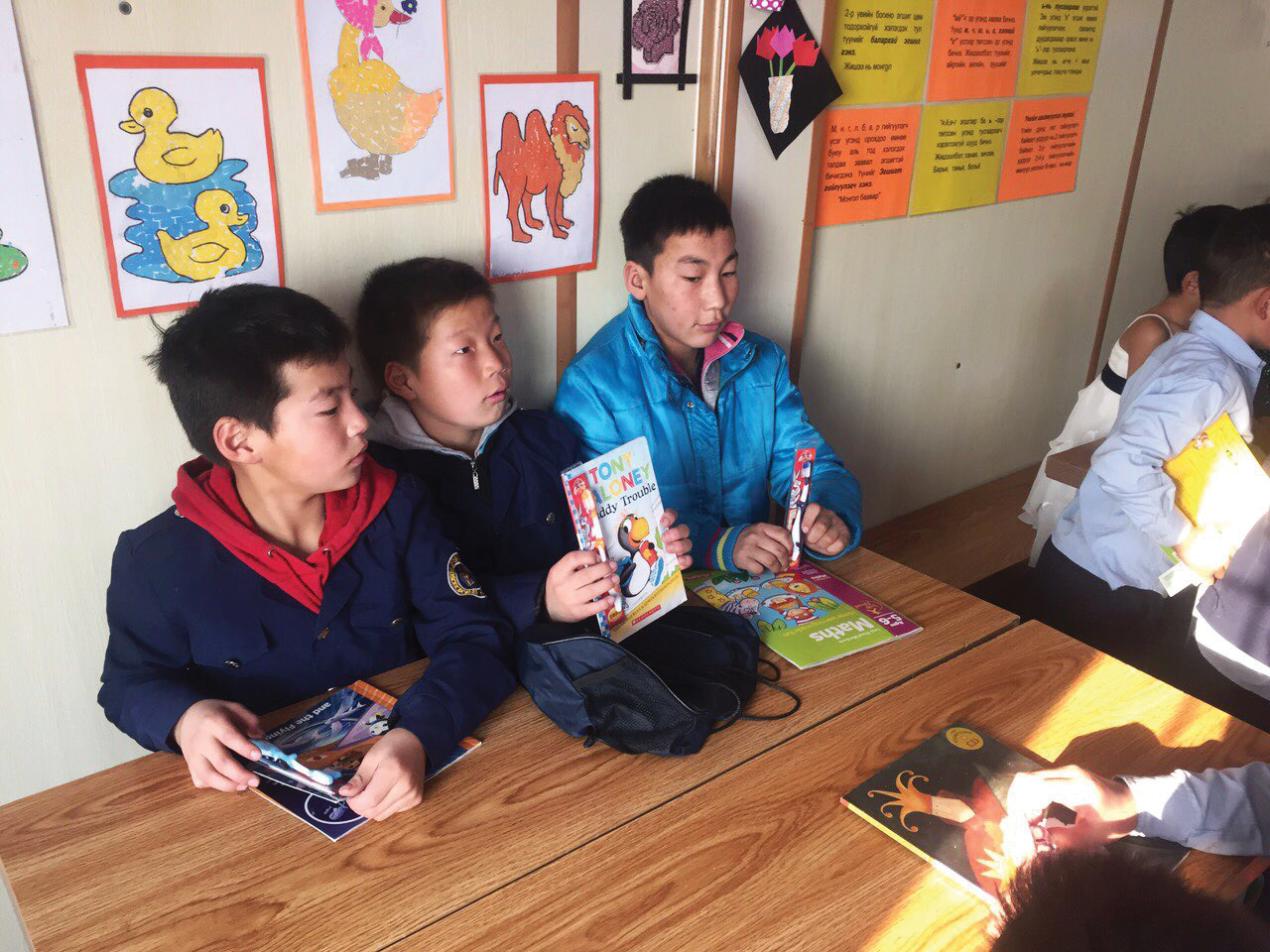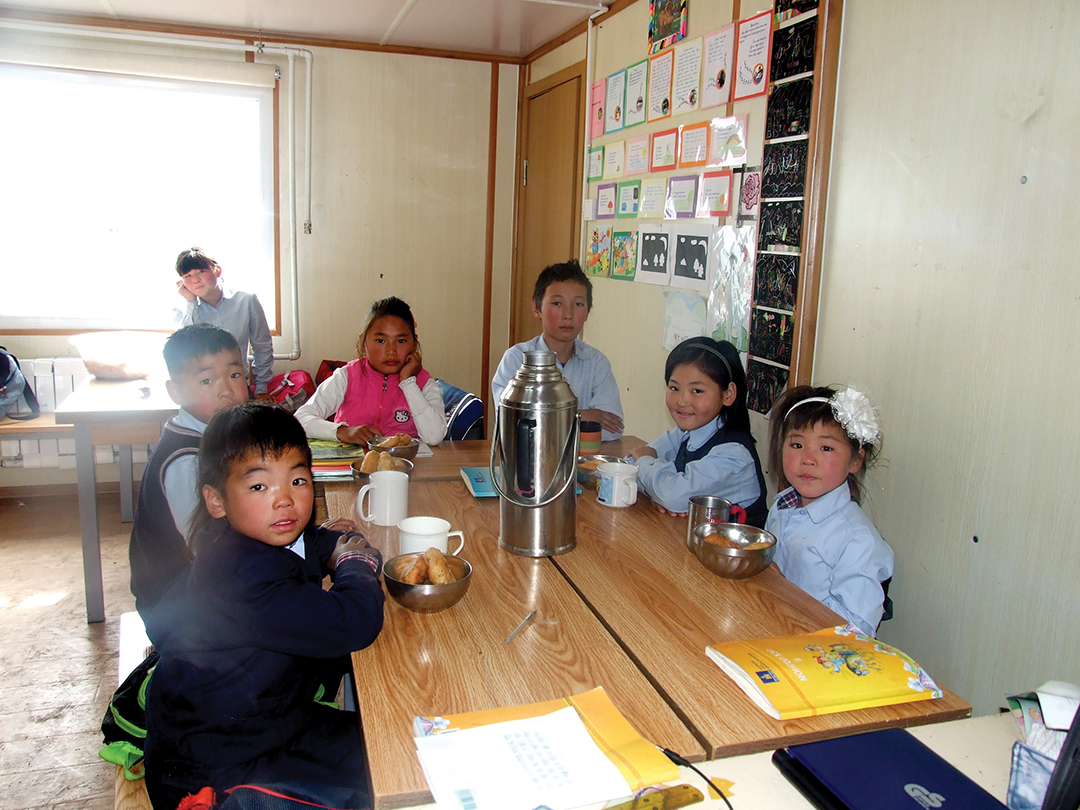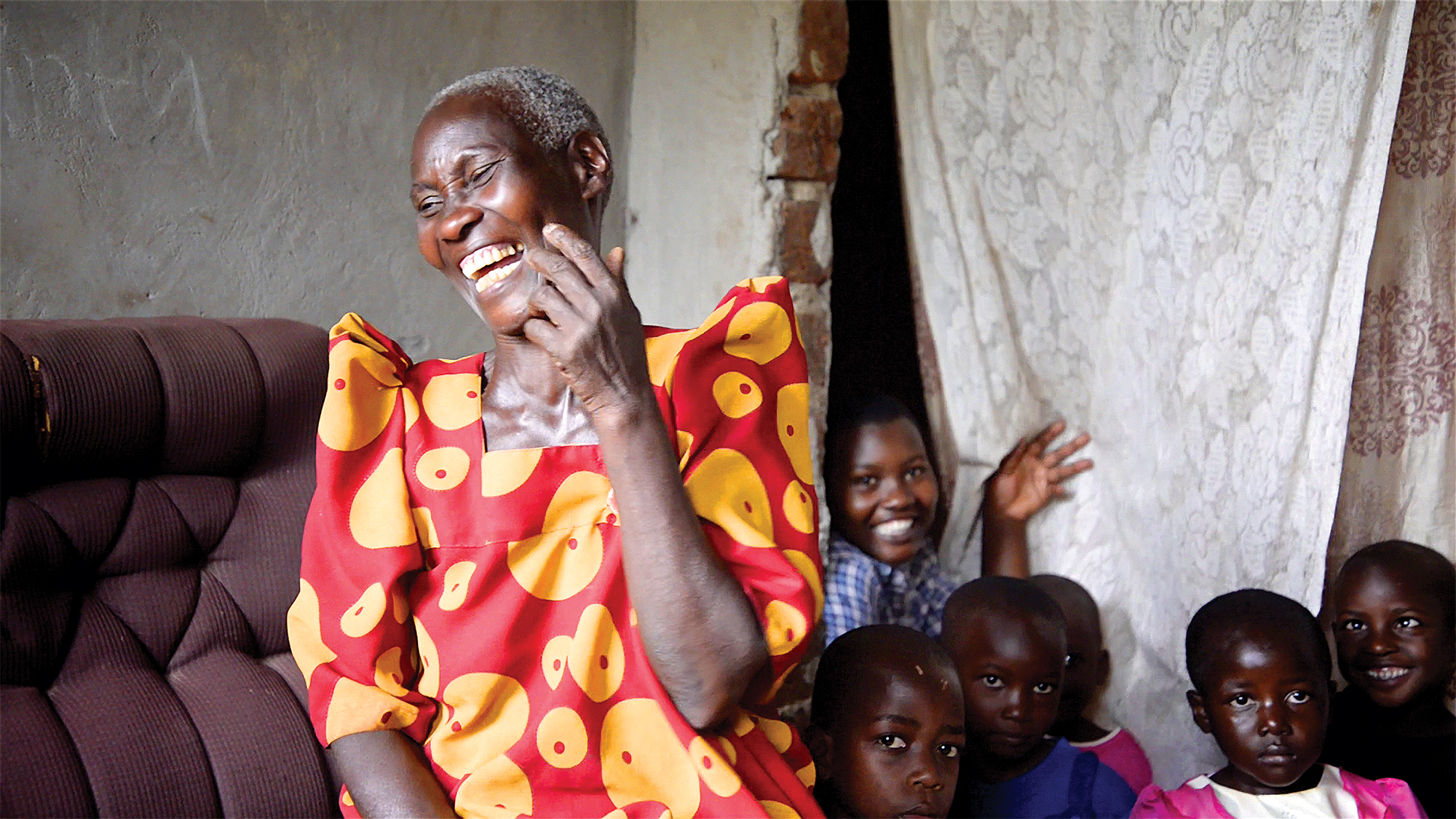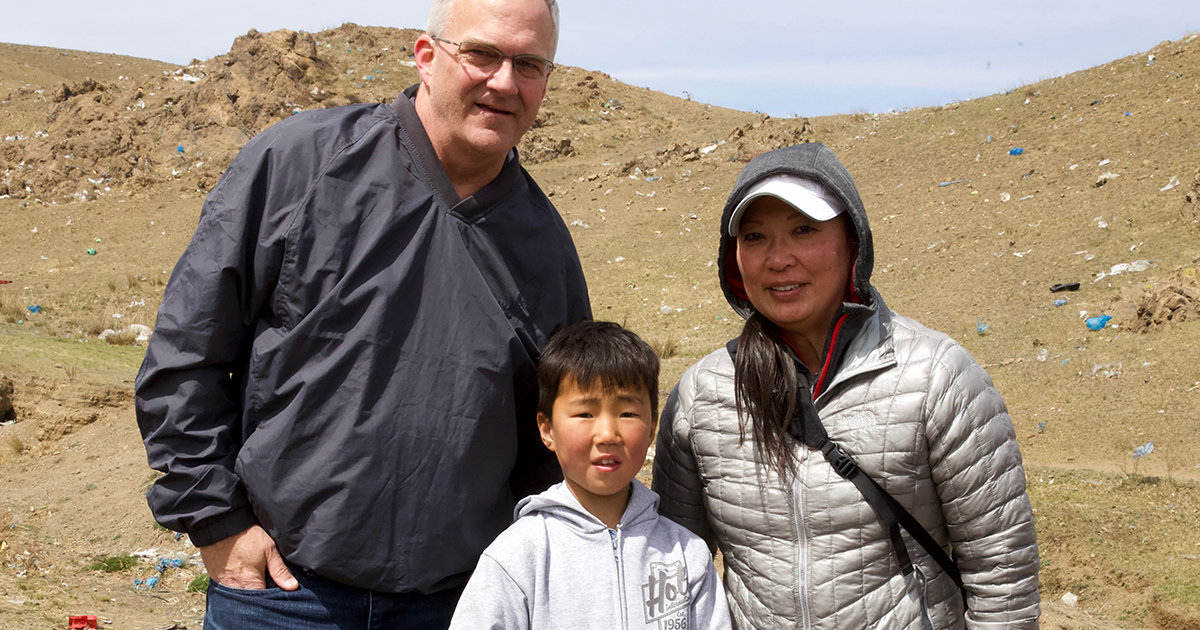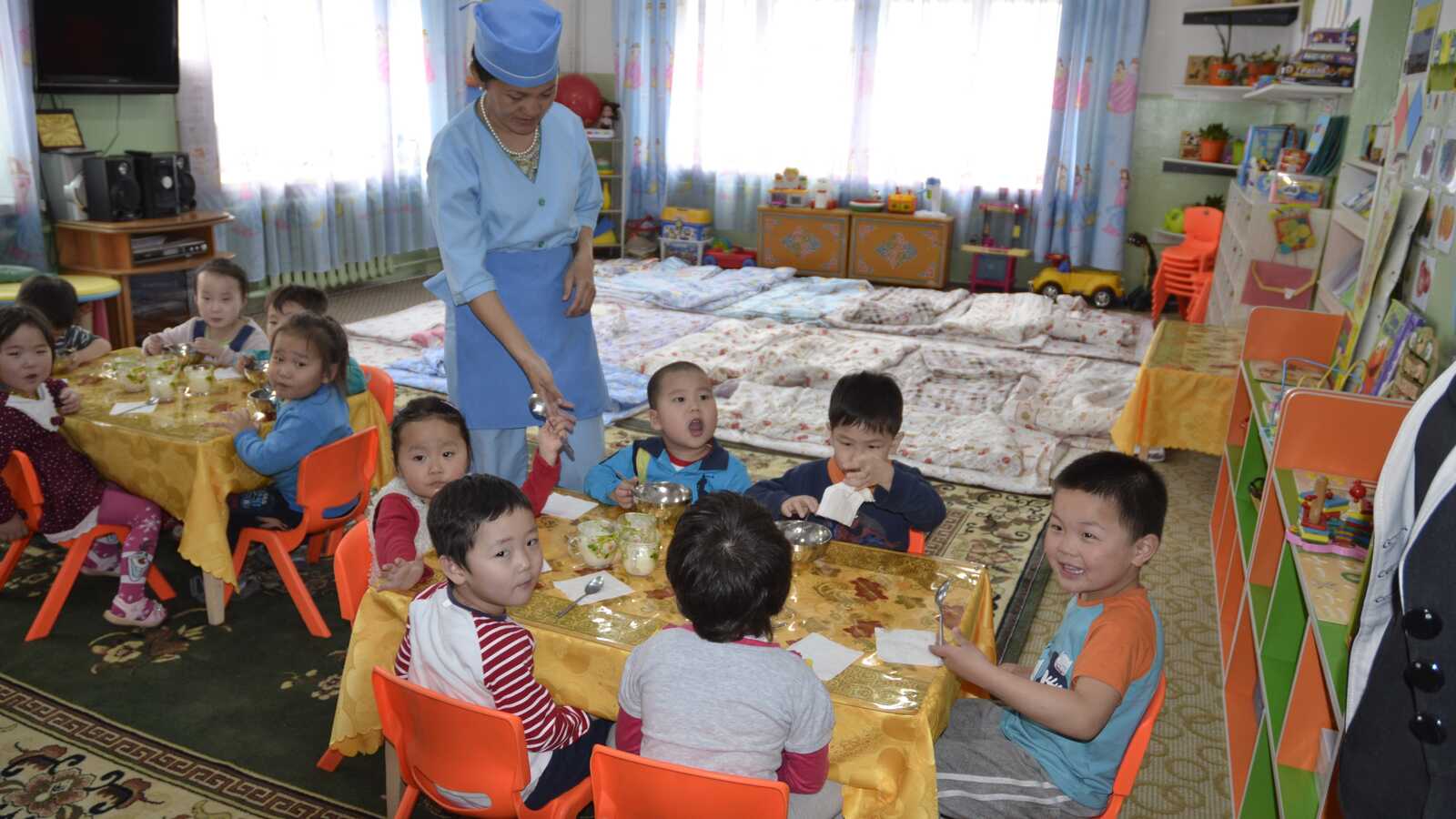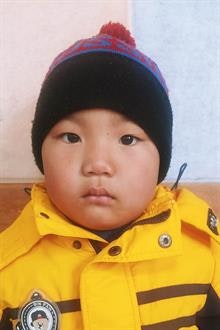Outside Ulaanbaatar, Mongolia, is a place no one should call home. It is the city’s largest garbage dump, where hundreds of families reside, making a living from the refuse.
Hop in the car. We have somewhere to take you.
You’re in Ulaanbaatar, Mongolia — an arid tundra and bustling city, home to the largest concentrated group of people in this historically nomadic country. It’s icy cold outside. But now, you’re fastening your seatbelt in the backseat of an SUV and driving up into the crisp air of the hillsides just outside the city.
As deep ruts turn the car nearly 45 degrees, you hold onto the door to try and keep yourself upright. Dust billows outside your window where you begin to see plastic bags spotting the scraggily roadside — more and more of them the farther you drive.
The car summits one last hill and you see your destination. A concrete and wire fence encloses a space of several square kilometers — every foot of it overflowing with trash.
You are at Ulaanbaatar’s largest garbage dump. But to the families and children you are coming here to visit, this place is home.
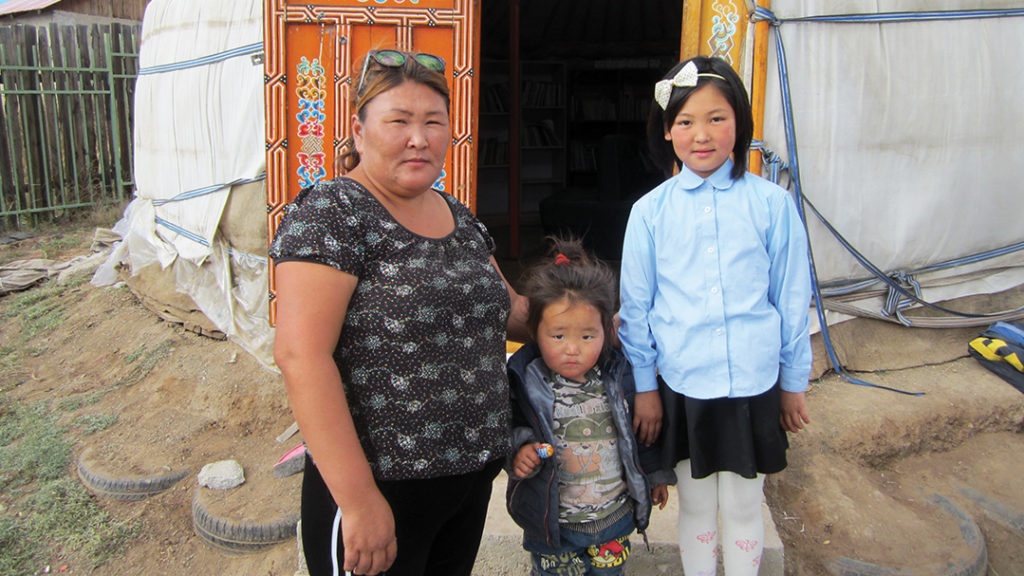
Help Children & Families in Mongolia
Some children in Mongolia live in or near the city’s largest garbage dump, don’t have enough food and can’t go to school. Winter in Mongolia can reach 40 degrees below zero, and children suffer while living in makeshift housing without even a warm coat or blanket. Your gift will help a child or family in Mongolia in greatest need.
“It’s brutally magnificent in its desolation,” says Paul Kim, Holt’s director of Mongolia and Korea programs. “It takes your breath away, but in a really sad kind of way.”
The families who live here are mostly comprised of parents with young children. They live in shelters they’ve constructed from materials found around them and they spend their days going through the refuse, looking for items that they can either resell or recycle to create an income — or use for their own personal survival.
The desolation of this place makes you wonder how these families ever got here… The answer lies in Mongolia’s not-so-distant past.
The desolation of this place makes you wonder how these families ever got here.
After the abrupt fall of the Soviet Union in the 1990s, Mongolia struggled to recover and transition into a free market economy. On top of this, a series of natural disasters severely affected Mongolia’s lifeblood — livestock and herding. Families began to move to the city, and away from the stability of their traditionally nomadic, rural and communal way of life — a lifestyle in which families and friends depended upon each other for support and survival. Instead, many families found themselves alone, for the first time ever. As they struggled to adapt, alcoholism increased, the number of single-parent households grew and many children ended up abandoned or homeless. Many of the families who have stayed together are living in extreme poverty. For some, the garbage dump seems to be the only place left for them to make a living.
“The harshness of this environment… it is just not a place where children should be,” Paul says. “[It’s not a place] where anyone should be, really — but especially not children.”
A couple years ago, several kind-hearted donors in Mongolia learned about these children’s situation and decided to take action. But when the needs facing the community are so overwhelming, where do you even begin? Where every great success story begins. With education.
In Mongolia, public education is free. Presumably, the only obstacle standing in the way of an education for the children living in the garbage dump is a long walk to the nearest school. But living where they do, far from a clean water source and other basic necessities, they have few opportunities to bathe, wash their clothes or comb their hair. Once they arrive at school, if they arrive at school, these children face an onslaught of bullying and teasing by their peers. They are shunned.
“So these kids, even though they’re brave enough to try and get to school, are then so ostracized that they just give up,” Paul says. For the vast majority of these children, this heartbreaking reality kept them from an education and the opportunity to rise above the impoverished conditions they live in.
This is what inspired the Red Stone School.
About a 20-minute walk from where the children live is a plot of land with two storage containers fused together, one small building, a concrete basketball court and a traditional Mongolian ger. This is the school where over 30 students gather each day to learn.
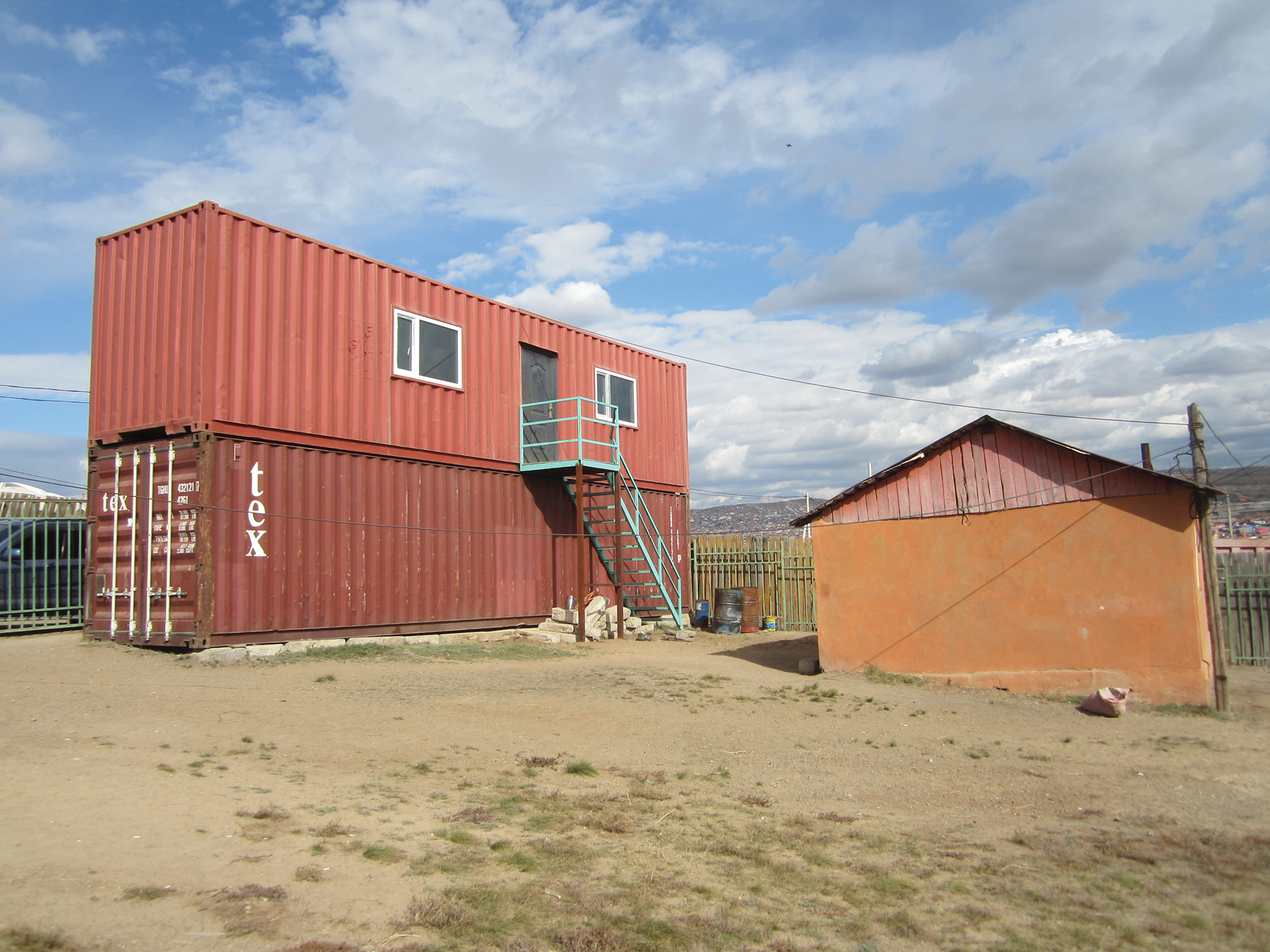
Holt’s official partnership with the Red Stone School began in October 2016. Immediately, our staff matched each of the then 17 students with a Holt sponsor, who helped provide school supplies, fuel to heat their classroom through Mongolia’s brutal sub-zero conditions and a school cook to prepare warm meals on site every day. Already, the number of students at the school has nearly doubled — and the potential for this program continues to grow.
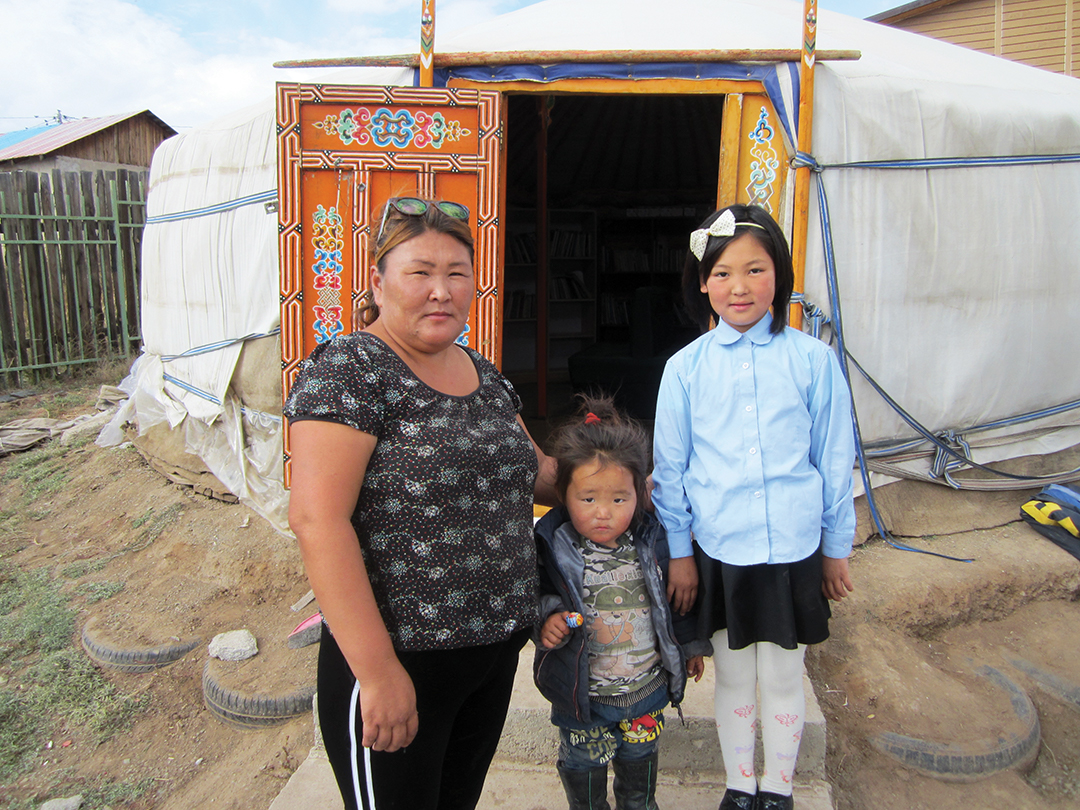
In this area alone, an estimated 100 students may soon be able to enroll in the school — and this is just one of several different refuse facilities in Mongolia where families and children are living.
“We want [the Red Stone School] to be a place were children are drawn to so we can help them to be happy, healthy and to stay with their families.”
Paul Kim, Holt’s director of Mongolia and Korea programs
“These are kids who would otherwise not be attending school,” Paul says. “They’d be rummaging through garbage, or perhaps running away from home to see if they could find better opportunities closer into the city.”
In Mongolia and around the world, we aim to prevent family separation and child abandonment. By providing a safe environment for children where they receive education, basic necessities and nutrition, sponsors help to ensure that their families stay together despite the hardships they face.
“We want [the Red Stone School] to be a place were children are drawn to so we can help them to be happy, healthy and to stay with their families,” Paul says.
For the children at Red Stone School, our hope is not only that their families will stay intact, but that they will be empowered to dream beyond what they thought possible for themselves. That they would discover their full potential through education, nutrition, warmth and the confidence that comes from being accepted and loved — no matter where you come from.

Help Children & Families in Mongolia
Some children in Mongolia live in or near the city’s largest garbage dump, don’t have enough food and can’t go to school. Winter in Mongolia can reach 40 degrees below zero, and children suffer while living in makeshift housing without even a warm coat or blanket. Your gift will help a child or family in Mongolia in greatest need.
